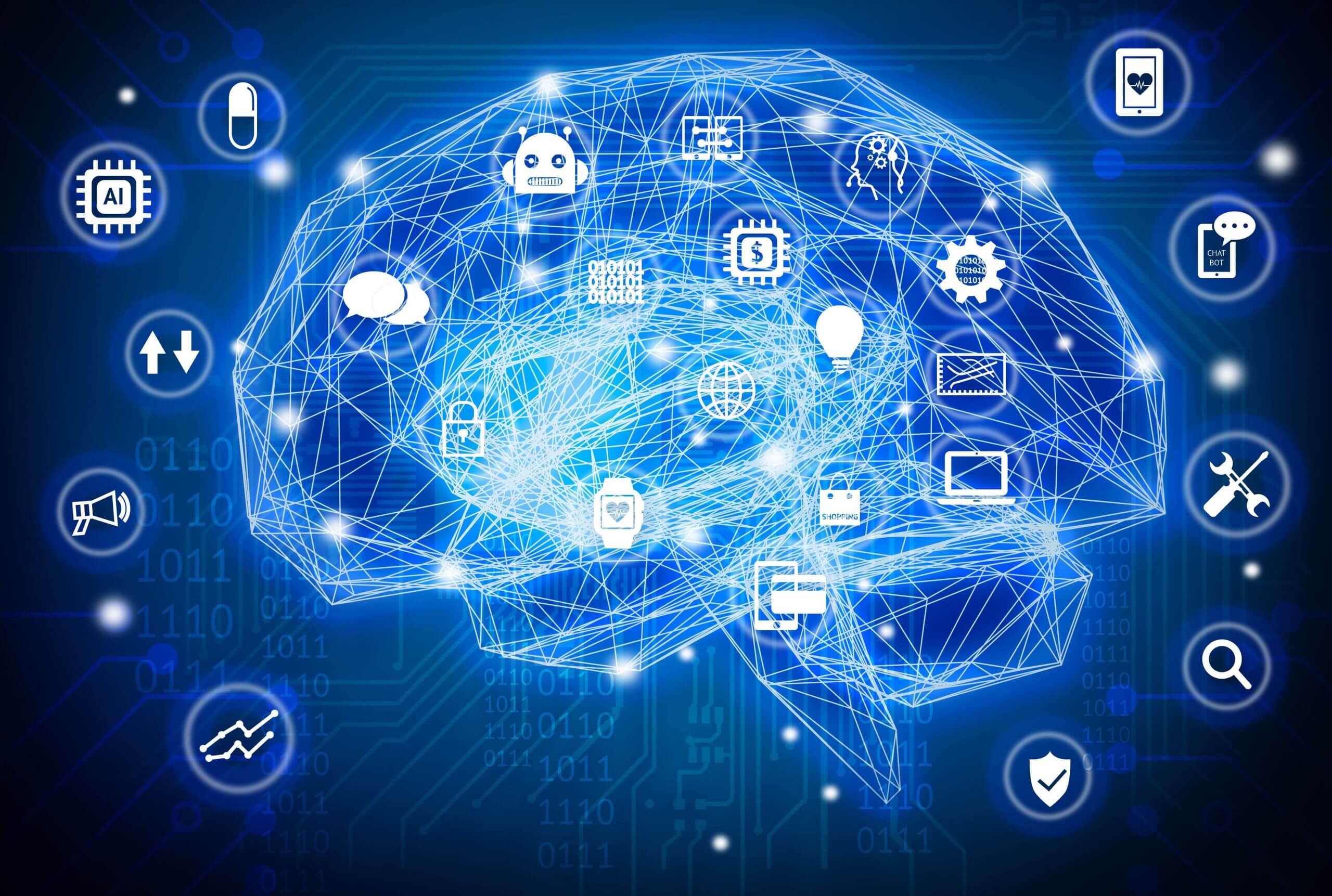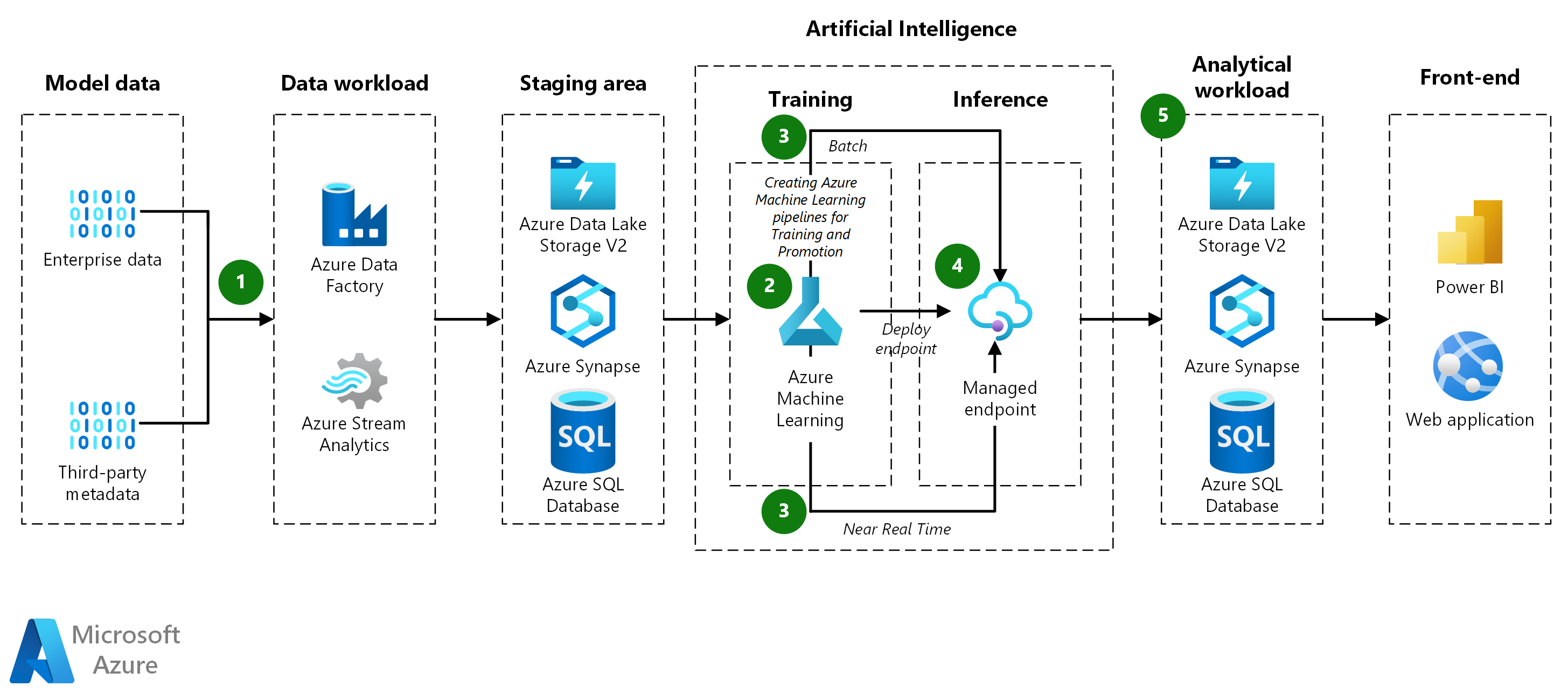Machine Learning Models: Understanding the Backbone of AI

Machine learning models, the cornerstone of artificial intelligence (AI), have revolutionized various industries, transforming how we interact with technology and solve complex problems. These models enable computers to learn and adapt from data, making them indispensable for tasks ranging from image recognition to natural language processing and predictive analytics.

Types of Machine Learning Models

There are numerous types of machine learning models, each suited for specific tasks:
- Supervised Learning: Models learn from labeled data, where pairs of inputs and outputs are provided. Examples include linear regression, support vector machines, and decision trees.
- Unsupervised Learning: Models discover hidden patterns and structures in unlabeled data. Examples include clustering algorithms, principal component analysis, and dimensionality reduction techniques.
- Reinforcement Learning: Models learn by trial and error, receiving rewards or punishments for actions taken in a defined environment. Examples include Markov decision processes and Q-learning algorithms.
Model Training and Evaluation
To build a machine learning model, it must be trained on a dataset representing the problem it aims to solve. The training process involves repeatedly presenting the data to the model and adjusting its parameters to minimize errors.
Once trained, models are evaluated based on metrics specific to the task at hand. For example, an image classification model may be evaluated based on its accuracy in correctly classifying images.
Applications of Machine Learning
Machine learning models find applications in various domains:
- Computer Vision: Image recognition, object detection, facial recognition
- Natural Language Processing: Speech recognition, machine translation, text analysis
- Healthcare: Disease diagnosis, drug discovery, personalized medicine
- Finance: Fraud detection, risk assessment, predictive analytics
- Retail: Product recommendations, personalized marketing, inventory optimization
Challenges and Limitations
Despite their capabilities, machine learning models face challenges:
- Bias: Models can inherit biases present in the training data.
- Overfitting: Models learn specific patterns in the training data too closely, hindering performance on unseen data.
- Interpretability: Complex models can be difficult to understand and explain.
Conclusion
Machine learning models are the backbone of AI, empowering computers with the ability to learn, adapt, and solve complex problems. Understanding the different types, training and evaluation processes, applications, and limitations is crucial to effectively harness the power of machine learning and shape the future of technology.## Machine Learning Models: Understanding the Backbone of AI
Executive Summary
The development of Machine Learning (ML) models has revolutionized the field of artificial intelligence and opened up new frontiers in computing. These models have become a fundamental component of various applications, from self-driving cars and personalized recommendations to spam filtering and fraud detection. This comprehensive article delves into the inner workings of ML models, exploring the key concepts, types, and their significance in the broader landscape of AI.
Introduction
Machine Learning is the scientific discipline that empowers computers to learn from data, enabling them to make predictions or decisions without explicit instructions. ML models are the computational frameworks that embody this learning process, transforming raw data into actionable insights. Understanding these models is crucial for leveraging their full potential, unlocking the transformative capabilities of AI.
FAQs
-
What is the role of data in Machine Learning?
Data is the lifeblood of ML models. It provides the raw material from which these models learn patterns, build relationships, and derive knowledge. -
Are all Machine Learning models the same?
No. Different types of ML models have varying levels of complexity, purpose, and strengths. Choosing the appropriate model is a critical step in the ML process. -
How can Machine Learning be used in the real world?
ML has found widespread applications in diverse domains, including healthcare, finance, manufacturing, and transportation.
Subtopics
Supervised Learning: In supervised learning, models are trained on labeled data, where the input and corresponding output are known. This enables the model to learn the underlying relationship between the features and the target variable.
- Classification: Classifying data into predefined categories (e.g., detecting spam emails).
- Regression: Predicting continuous values (e.g., forecasting stock prices).
- Decision Tree: A hierarchical structure that represents decision-making processes (e.g., medical diagnosis).
Unsupervised Learning: In unsupervised learning, models discover patterns and structures in unlabeled data. They do not rely on predetermined output labels.
- Clustering: Grouping similar data points together (e.g., identifying customer segments).
- Dimensionality Reduction: Compressing high-dimensional data into a lower-dimensional representation (e.g., visualization of complex datasets).
- Association Rule Learning: Discovering frequent item combinations in data (e.g., market basket analysis).
Semi-Supervised Learning: Semi-supervised learning combines both labeled and unlabeled data, leveraging the strength of both supervised and unsupervised techniques.
- Graph-Based Learning: Incorporating graph structures to represent relationships within data (e.g., social network analysis).
- Active Learning: Selectively acquiring additional labeled data to improve model performance (e.g., optimizing data collection strategies).
Reinforcement Learning: In reinforcement learning, models learn through trial-and-error interactions with their environment, receiving rewards for actions that lead to desired outcomes.
- Markov Decision Process: A mathematical model of sequential decision-making under uncertainty (e.g., robotic navigation).
- Q-Learning: An algorithm that estimates the long-term value of actions in a given state (e.g., video game AI).
Deep Learning: Deep learning models employ artificial neural networks with multiple layers to learn intricate patterns and representations from complex data.
- Convolutional Neural Networks: Specialized for processing grid-like data, such as images (e.g., image recognition).
- Recurrent Neural Networks: Designed to handle sequential data, such as natural language (e.g., machine translation).
- Transformer Models: State-of-the-art models for natural language processing (e.g., large language models).
Conclusion
Machine Learning models serve as the backbone of modern artificial intelligence, empowering computers with the ability to learn from data, recognize patterns, and make informed decisions. Understanding the different types and applications of these models equips individuals and organizations to harness their transformative power. By leveraging the insights gained from this comprehensive exploration, we can unlock the potential of AI to drive innovation, solve complex problems, and create a better future.
Relevant Keyword Tags
- Machine Learning
- Artificial Intelligence
- Data Science
- Machine Learning Models
- AI Algorithms
